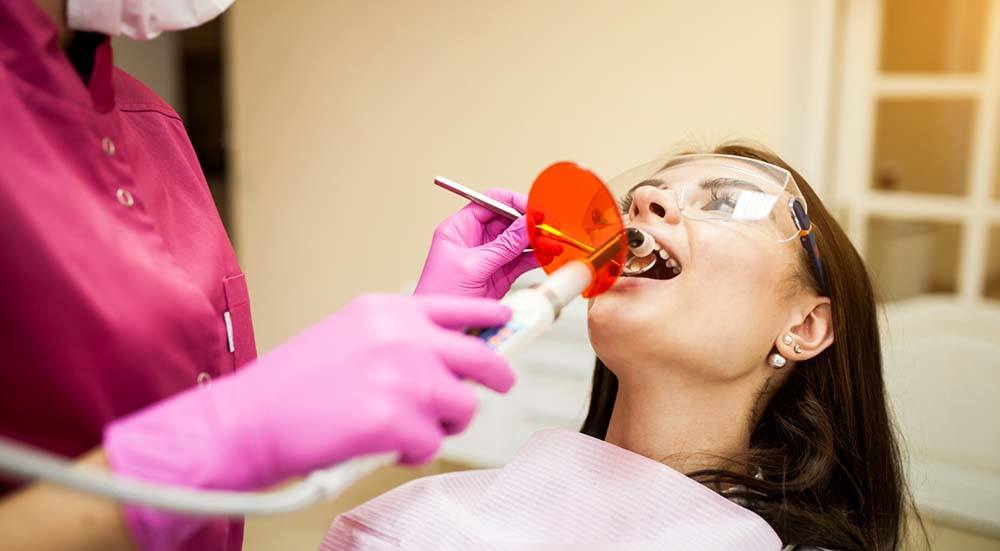Wisdom teeth, or third molars, are the last set of molars to emerge in the mouth, typically between the ages of 17 and 25.
The pain associated with wisdom teeth can vary significantly, depending on their position, how they erupt, and whether they become impacted. A common question among patients is whether top or bottom wisdom teeth are more painful. This article delves into the factors influencing wisdom teeth pain, comparing the pain experienced with top (maxillary) and bottom (mandibular) wisdom teeth, and providing insights into pain management and treatment options.
Causes of Wisdom Teeth Pain
Several factors contribute to the pain associated with wisdom teeth, including:
Eruption Process: As wisdom teeth push through the gums, they can cause pressure and discomfort.
Impaction: When wisdom teeth do not have enough space to emerge fully, they can become impacted, causing pain and potential complications.
Inflammation: The gum tissue around emerging or impacted wisdom teeth can become inflamed, leading to pain and swelling.
Infection: Bacteria can accumulate around partially erupted wisdom teeth, leading to infection (pericoronitis), which can cause significant pain.
Cysts or Tumors: Occasionally, cysts or tumors can develop around impacted wisdom teeth, leading to pain and requiring surgical intervention.
SEE ALSO: How Many Days to Recover from Wisdom Teeth Removal
Symptoms of Wisdom Teeth Pain
Common symptoms of wisdom teeth pain include:
Throbbing or aching pain in the back of the mouth.
Swelling and inflammation of the gums around the wisdom teeth.
Jaw stiffness and difficulty opening the mouth fully.
Bad breath due to bacterial accumulation around the teeth.
Difficulty chewing and biting down in the area of the wisdom teeth.
Comparing Pain: Top vs. Bottom Wisdom Teeth
Anatomy and Eruption Patterns
The anatomy and eruption patterns of top (maxillary) and bottom (mandibular) wisdom teeth can influence the level of pain experienced.
Understanding these differences helps in assessing which might be more painful.
Top (Maxillary) Wisdom Teeth
Eruption: Maxillary wisdom teeth often have a more straightforward eruption path compared to mandibular wisdom teeth.
They typically emerge into the mouth with fewer obstructions.
Anatomy: The upper jawbone is less dense than the lower jawbone, which can make the eruption process less painful.
Bottom (Mandibular) Wisdom Teeth
Eruption: Mandibular wisdom teeth often have a more complicated eruption path due to the denser structure of the lower jawbone.
Anatomy: The lower jawbone is thicker and more rigid, which can make the eruption process more painful.
Impaction: There is typically less space in the lower arch for wisdom teeth to emerge, increasing the likelihood of impaction and associated pain.
Common Issues And Complications
Top (Maxillary) Wisdom Teeth
Sinus Pressure: Erupting maxillary wisdom teeth can sometimes press against the sinus cavities, causing sinus pain and pressure.
Fewer Impactions: While impaction can occur, it is generally less common and less severe than in the lower jaw.
Bottom (Mandibular) Wisdom Teeth
Impaction: Mandibular wisdom teeth are more prone to impaction, either being partially or fully trapped in the jawbone or gum tissue. This can lead to significant pain and complications such as cysts or infection.
Pericoronitis: This is a common issue with partially erupted lower wisdom teeth, where the gum tissue around the tooth becomes inflamed and infected, causing severe pain.
Pain Intensity And Management
The intensity of pain experienced with top and bottom wisdom teeth can vary based on individual factors, but general trends suggest that lower wisdom teeth are often more painful due to their tendency to become impacted and the denser bone structure in the lower jaw.
Pain Management And Treatment Options
Home Remedies for Pain Relief
Over-the-Counter Pain Relievers: Non-prescription pain medications such as ibuprofen (Advil, Motrin) or acetaminophen (Tylenol) can help alleviate wisdom teeth pain and reduce inflammation.
Saltwater Rinse: Rinsing the mouth with warm saltwater can help cleanse the area around the wisdom teeth, reduce inflammation, and promote healing.
Cold Compress: Applying a cold compress or ice pack to the outside of the cheek can help numb the area, reduce swelling, and alleviate pain.
Clove Oil: Clove oil has natural analgesic and anti-inflammatory properties that can provide temporary relief from wisdom teeth pain.
Professional Dental Care
Dental Evaluation: If wisdom teeth pain persists or worsens, it is essential to seek professional dental care. A dentist or oral surgeon can evaluate the wisdom teeth, take X-rays if necessary, and recommend appropriate treatment options.
Scaling and Root Planing: For cases of pericoronitis or infection, a deep cleaning procedure called scaling and root planing may be performed to remove bacteria and debris from around the wisdom teeth.
Antibiotics: If an infection is present, antibiotics may be prescribed to treat the infection and reduce inflammation.
Extraction: In cases where wisdom teeth are impacted or causing significant pain and complications, extraction may be recommended. This procedure can be performed by a dentist or oral surgeon and involves removing the problematic wisdom teeth.
Post-Extraction Care
If extraction is necessary, post-operative care is crucial for promoting healing and reducing discomfort:
Pain Management: Pain medications or over-the-counter pain relievers may be recommended to manage post-extraction discomfort.
Ice Packs: Applying ice packs to the outside of the face can help reduce swelling and inflammation.
Soft Diet: Eating soft foods and avoiding hard, crunchy, or spicy foods can prevent irritation of the extraction site.
Proper Oral Hygiene: Maintaining good oral hygiene and following the dentist’s instructions for post-extraction care can promote healing and prevent complications.
Conclusion
In conclusion, the pain associated with wisdom teeth can vary depending on several factors, including their position and eruption patterns. Generally, lower (mandibular) wisdom teeth tend to be more painful than upper (maxillary) wisdom teeth due to their higher likelihood of impaction and the denser structure of the lower jawbone. Managing wisdom teeth pain involves understanding the causes of discomfort, implementing effective home remedies, and seeking professional dental care when necessary. By taking proactive steps towards pain relief and treatment, individuals can achieve better oral health and alleviate the discomfort associated with wisdom teeth.

